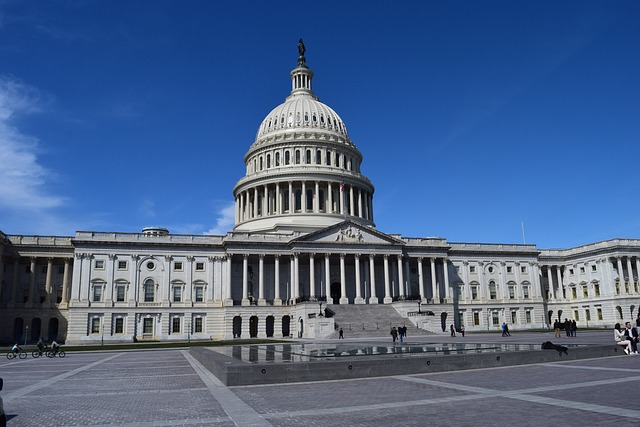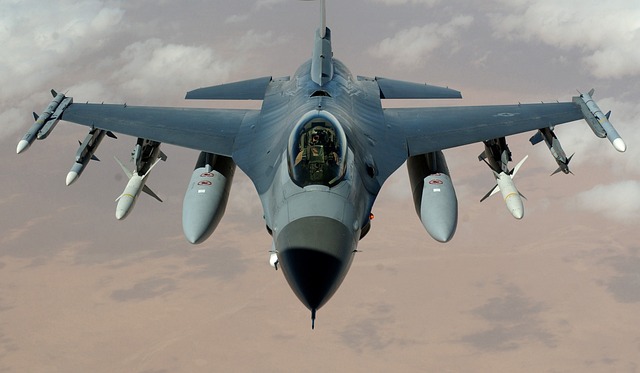Senate NDAA Proposal Includes Smaller Pay Raise For Junior Enlisted Troops

Update 12/26/2024: The President signed the 2025 into law. The White House issued a press statement on the 2025 NDAA, noting that the act, as signed into law, “authorizes fiscal year 2025 appropriations principally for Department of Defense programs and military construction, Department of Energy national security programs, Intelligence programs, and Department of State programs…”
The NDAA also includes a substantial military pay increase for junior enlisted troops (see bel0w). The 2025 NDAA also “makes other modifications to national security, foreign affairs, and other programs” according to the press release.
The article below has been preserved here for archival and context purposes. The details in the article below don’t necessarily match what is in the final version of the 2025 NDAA.
Senate NDAA Proposal
The Senate has released a draft version of the 2025 NDAA, or National Defense Budget, which includes a smaller pay increase than the House version. Now, the job is to negotiate the actual pay raise for military members and the rest of the budget.
Some were excited when the House Armed Services Committee released its draft version of the 2025 National Defense Authorization Act (NDAA.) The draft included a sizable pay increase for junior enlisted troops. How large?
The House version of the NDAA includes a proposed 4.5% pay raise for military members and a 15% pay increase for junior enlisted members. That’s 19.5% for troops in the ranks of E1 through E4.
Military-themed blogs gushed over this proposal even though it was not a done deal and that considerable work remains on the defense budget to prepare it for a compromise between the House and Senate.
And sure enough, the early 19.5% pay increase is already under threat, partly because the original proposal’s math doesn’t seem to add up (see below.)
>> Read next: Military Money 101 <<
Senate Releases NDAA 2025 Draft Version
The Senate has put forward its own draft proposal for the 2025 NDAA, which includes (among many other things) a smaller pay raise for junior troops than the House version.
Under the Senate plan, junior enlisted members would be authorized a pay raise totaling 5.5%, with all troops getting a 4.5% pay increase. Junior troops get an extra 1% under this Senate plan, not an extra 15%.
The Senate’s version feels stingy in light of the House’s proposal, but is the House version doable based on the issues discussed below? Some military publications note that the much larger proposed military pay raise is looking less likely given the growing rift in the numbers.
Doing the Math on the 2025 NDAA
Why is the Senate taking a dim view of the larger pay increase? The bigger pay raise for junior troops could include a major issue with what some call compensation “compression.”
The larger raise for junior troops creates a situation where they could be paid as much, if not more, than some mid-career troops. Did the House Armed Services Committee do bad math? Did they ignore that issue as one detail that would be fixed later somehow? Or was it simply an oversight?
Regardless of the cause, the numbers may not work in favor of such a large targeted pay raise.
Senator Elizabeth Warren says part of the problem comes from a 2023 agreement on federal spending. In a press conference, she noted that current efforts to help junior enlisted troops aren’t enough.
“I’d like to see more money for our active-duty military and for our civilian workforce that supports our defense effort. But right now, we have to stay under those budget caps that were negotiated in 2023 that the Republicans insisted on.”
The Biden Administration requested a 4.5% pay increase for all troops, which is consistent with federal pay increase guidelines.
What’s Next?
The Senate version of the 2025 NDAA is underway, but once that process is finished, the House and Senate must negotiate a final version to send to the President’s desk for signature or veto.
Changes to the NDAA between now and then are still possible, and traditionally, many early proposals for the law don’t make it into the final version of the Act. We could see dramatic changes to many portions of the NDAA, or lawmakers may choose not to modify the Act before it moves forward.
The 2025 NDAA was signed into law by the president on December 23, 2024.
>> Read next: Military Money 101 <<
About the author
Editor-in-Chief Joe Wallace is a 13-year veteran of the United States Air Force and a former reporter/editor for Air Force Television News and the Pentagon Channel. His freelance work includes contract work for Motorola, VALoans.com, and Credit Karma. He is co-founder of Dim Art House in Springfield, Illinois, and spends his non-writing time as an abstract painter, independent publisher, and occasional filmmaker.


